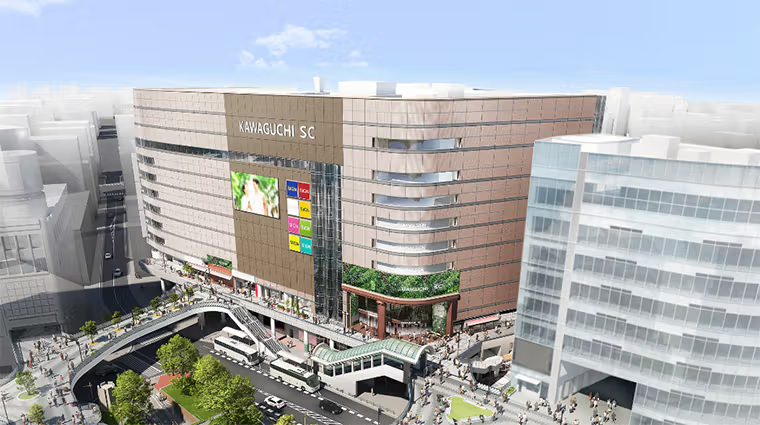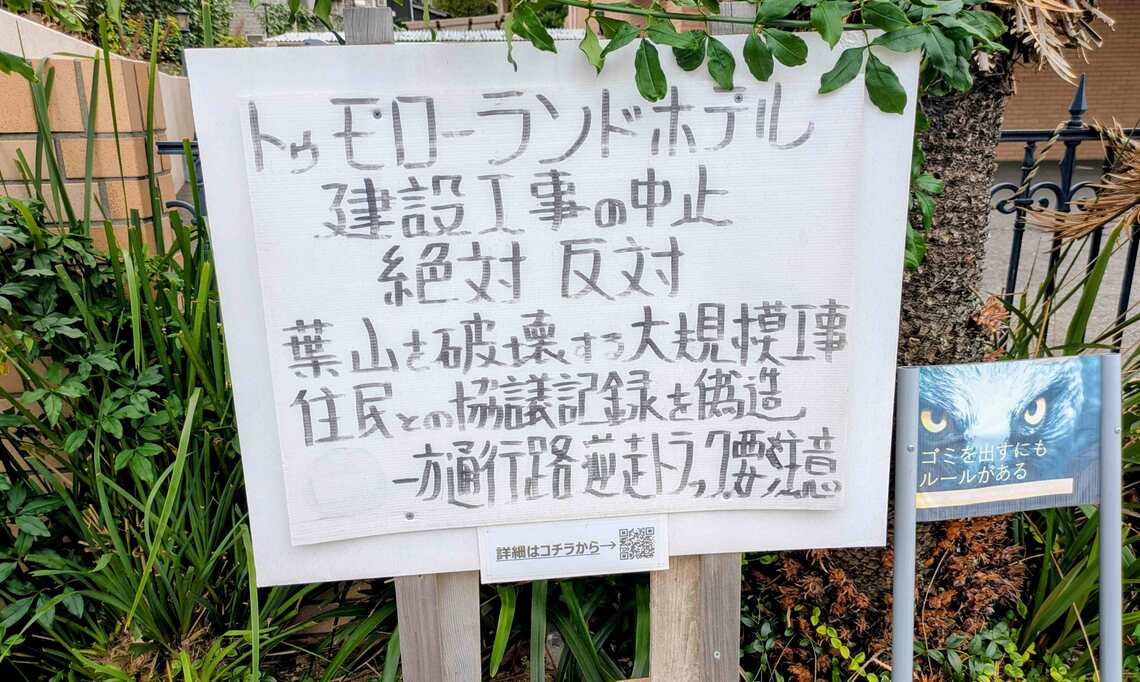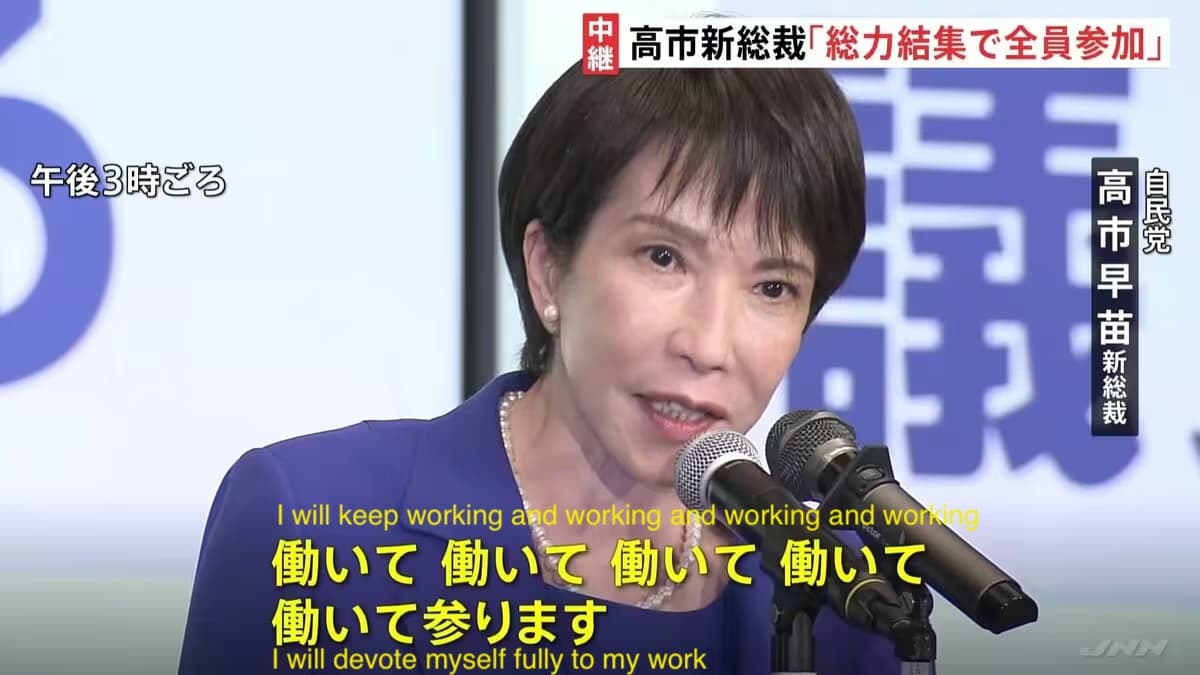Words: 831 | Estimated Reading Time: 5 minutes | Views: 816
As an important suburban satellite city near Tokyo, Kawaguchi has become a real estate investment hotspot in recent years due to increased Chinese immigration and urban redevelopment projects. Since 2015, following relaxed policies for international students and technical trainees, the number of Chinese residents in Kawaguchi has surged, forming a stable, settlement-oriented community.
Kawaguchi is popular because it offers higher cost-performance than central Tokyo, comprehensive Chinese-language amenities, and convenient commuting. At the same time, concentrated redevelopment projects around Kawaguchi Station — such as Honcho 4-chome and Sakaemachi — are set to significantly upgrade living conditions and commercial value.
Brief History and Regional Positioning of Kawaguchi City
Kawaguchi is located at the southern end of Saitama Prefecture, bordering Tokyo’s Kita and Adachi wards, giving it the natural advantage of being the closest non-Tokyo administrative area to the 23 wards. In the Edo period Kawaguchi was known for metal casting (copper and ironware); during the Showa era it transformed into an industrial zone. With the decline of manufacturing and rising housing demand, Kawaguchi has gradually evolved into a residential satellite city.
As a junction for the Keihin-Tohoku Line and the Saitama Rapid Railway, Kawaguchi not only offers convenient commuting but has also launched multiple urban redevelopment initiatives in recent years, transitioning from a "factory town" into a "livable city" and attracting many metropolitan workers to settle here.
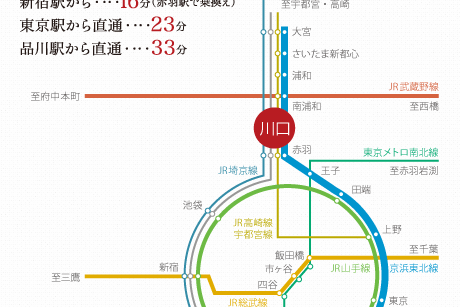
Rapid Growth of the Chinese Population: Kawaguchi's "Second Re-definition"
According to Saitama Prefecture official statistics, as of the end of 2024 the number of Chinese nationals in Kawaguchi exceeded 25,000, accounting for about 4.5% of the total population. Considering only foreign residents, Chinese make up nearly 70%, making Kawaguchi one of Japan’s local municipalities with the highest concentration of Chinese residents.
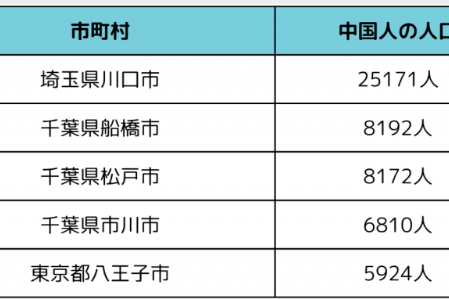
Why Do Chinese Residents Choose Kawaguchi?
Geography: 15-minute commute to Ikebukuro and Shinjuku
Housing costs: 30–40% lower than central Tokyo, offering strong value
Language environment: Chinese restaurants, supermarkets, kindergartens, and Mandarin tutoring are readily available
Community effect: early settlers attract subsequent migrants
Since 2015, with relaxed policies for Chinese students and technical interns, and with some early investors relocating with their families, Kawaguchi has gradually become a settlement-oriented Chinese community, exhibiting cultural traits similar to areas like Okubo or north Ikebukuro but with a slower pace of life and more spacious residential environments.
Investment Potential in Kawaguchi
Urban Redevelopment: Station Upgrades + Sakaemachi Plans
In recent years Kawaguchi has been undergoing a series of large-scale urban redevelopment projects aimed at enhancing city functions, improving residents' quality of life, and attracting more investors. Recent projects include
Kawaguchi Station redevelopment plan: As the city’s transport hub, Kawaguchi Station has faced increasing passenger numbers and aging facilities. To address these challenges, the city government and JR East have developed a basic redevelopment plan. Measures include adding platforms for mid-distance trains, improving the station plaza, and strengthening transport connections to enhance commuting convenience and the city’s attractiveness.
Sakaemachi 3-chome Ginza area redevelopment project: Located about 300 meters east of Kawaguchi Station, this long-established commercial area has many aging buildings with disaster-prevention and seismic vulnerabilities. The redevelopment aims to build high-rise residential and commercial facilities to improve disaster resilience and commercial vitality. The project includes approximately 480 residential units and commercial space, with a total floor area of about 66,570 square meters.
Kawaguchi Honcho 4-chome No.9 district redevelopment project: Located about 400 meters south of Kawaguchi Station east exit, the existing area contained aging wooden houses and factories. The redevelopment plan includes a 28-story residential tower and a 3-story commercial building, totaling 225 units. The project will also upgrade disaster-prevention facilities and open spaces to enhance resilience and living conditions.

As seen on Urbalytics, there are about 20 projects with building area greater than 5,000 sqm around Kawaguchi scheduled for 2025–2027, of which roughly eight are residential developments. It is reasonable to expect a continued inflow of financially capable residents in the coming years, further driving economic growth.
Property Prices Continue to Heat Up — Average Prices Nearly Double in 5 Years

Using Urbalytics' analysis tools, we can see that condominium unit prices near Kawaguchi Station have risen by as much as 80% over five years. Current average metrics are as follows:
Average price: ¥43–45 million
Average area: 60–65 sqm
Average rent: ¥11,000–¥12,000 per tsubo
Average yield: 5.5%–6.0%
These averages do not account for the effect of building age on the overall figures.
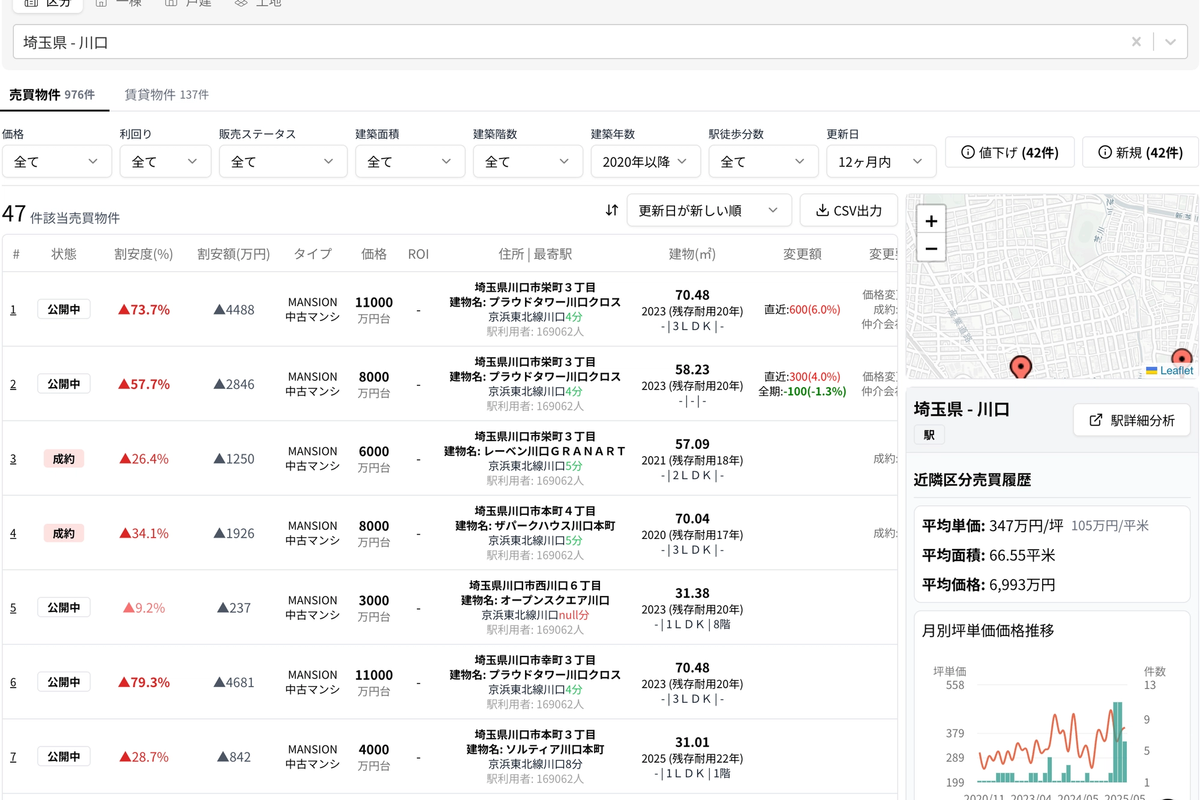
Using Urbalytics' search tools, we see that average prices for new homes are already approaching ¥70 million, nearly 1.5 times the overall average.
Closing Remarks
Kawaguchi is in the process of "redefining" itself. On one hand, the growth of the Chinese community is reshaping its cultural and economic structure; on the other, urban renewal and infrastructure upgrades are bringing its property values closer to those of Tokyo's inner-ring satellite cities.
If you would like detailed property listings, rental curves, or development-plan maps for the Kawaguchi area, please visit our platform Urbalytics.jp for more charts and analysis.
References
https://www.city.kawaguchi.lg.jp/soshiki/01020/010/toukei/12/5698.html Kawaguchi City population
https://www.uraja.or.jp/wp-content/uploads/2021/11/50-kawaguchi.pdf?utm_source=chatgpt.com Kawaguchi City redevelopment projects
Copyright: This article is original content by the author. Please do not reproduce, copy, or quote without permission. For usage requests, please contact the author or this site.
